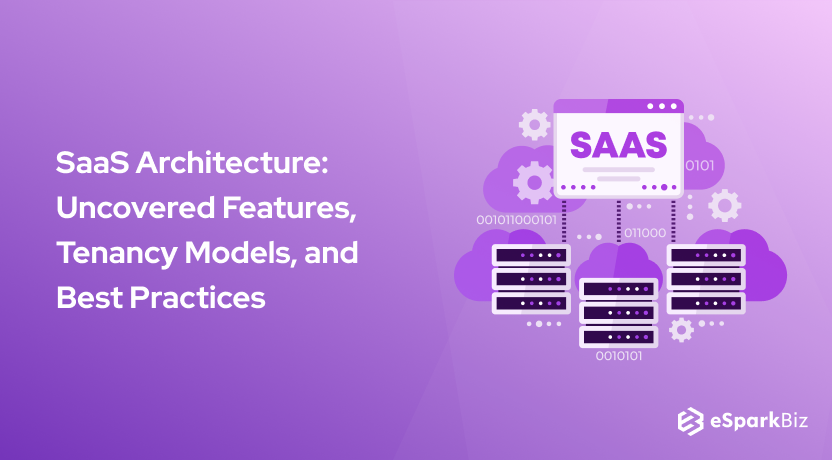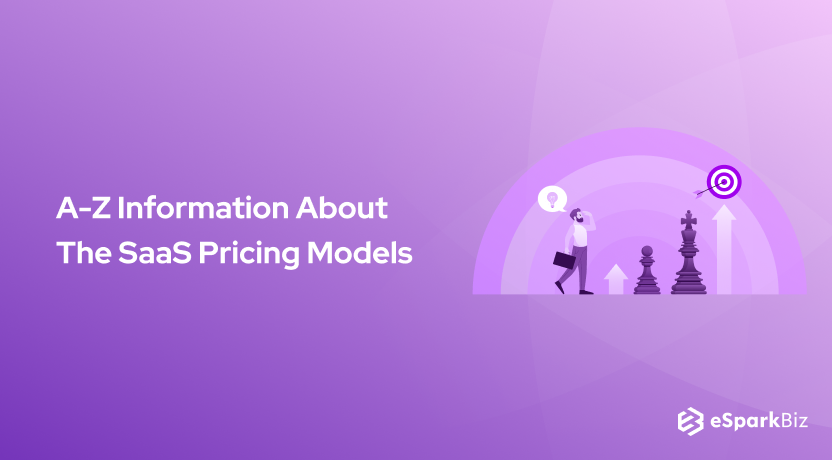Introduction
Many times the right information at the right time transforms the way you think about your business. As a leader, you are in a position where you have to swim through endless data and trends to arrive at an informed decision. Thus, our mission is to make it easier with the help of SaaS statistics you must be aware of.
By studying the SaaS adoption statistics, it is possible to identify the extent how which the approach to business development changes, with more emphasis placed on the use of cloud services and solutions. This shift will relieve your team from concerning itself with infrastructure while engaging applications for business development.
Just try to picture yourself navigating through the field of SaaS with its fresh patterns and revolutionary subscription principles. Exploring this growing field will help your organization discover valuable knowledge and best practices for succeeding in the market.
As we have already finished the half of 2024, what’s there to still keep in mind related to SaaS technology? We are going to answer this question by providing you with the important SaaS statistics further in this blog.
Irrespective of whether you are considering the migration to SaaS or are aiming at developing your current paradigm, these statistics are very crucial. So come along on this journey with us and see how we can help you get the edge you need to push your business forward.
Explore 100+ SaaS Statistics That Will Shape Tomorrow’s Success
Understanding the trends and data in the constantly growing SaaS market is a challenging task. Understanding important SaaS metrics can help companies improve their decision-making, reach their goals, and gain market share. These SaaS adoption statistics and changes in the market can benefit executives and decision-makers who want to stay ahead of the competition and be at the vanguard of the market.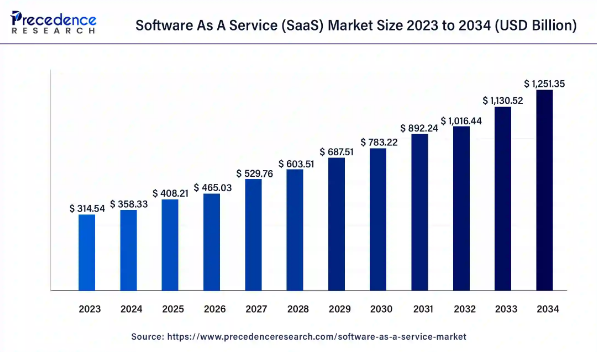
According to the recent Precedence Research’s report on SaaS, the global SaaS market size is expected to reach USD 1,251.35 billion by 2034 with a CAGR of 13.3% from 2024 to 2034
General AI and SaaS Market : Crucial SaaS Statistics over the Years
It is important to comprehend the trends of the AI and SaaS markets for enterprises to continue pushing boundaries. Businesses embracing artificial intelligence consulting solutions are in a position to provide better solutions and services for their clients and enhance productivity.
Consequently, SaaS statistics show a solid upward trend, as the need for versatile and scalable solutions grows continuously. Since more companies opt for SaaS services, the chances of gaining a greater market share and higher profit margins are possible. Use these insights to make strategic movements and utilize new opportunities that surface.
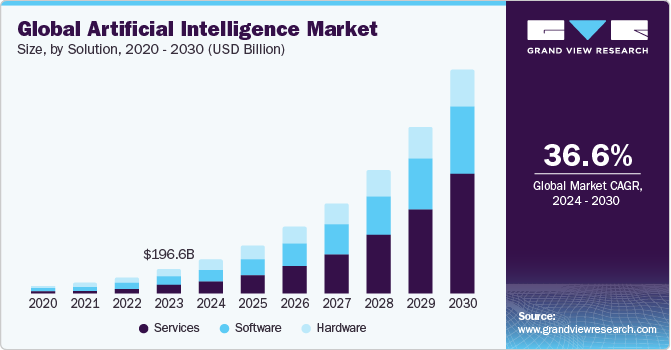
- According to a recent market analysis, the AI market will heighten up to $1.81 trillion by 2030 with a CAGR of 36.6%.
- AI is the leader of the SaaS industry in 2021 with nearly three billion users worldwide.
- Within five days, ChatGPT managed to gain 1 million users.
- The second largest category is analytics software, followed by e-commerce software, and then security software, all with approximately 1. 9 billion customers.
- According to the latest statistics, the top three SaaS industries in funding in the first half of this year are financial services software, artificial intelligence software, and analytics software.
- The SaaS market was estimated to be priced at $197 billion in 2023
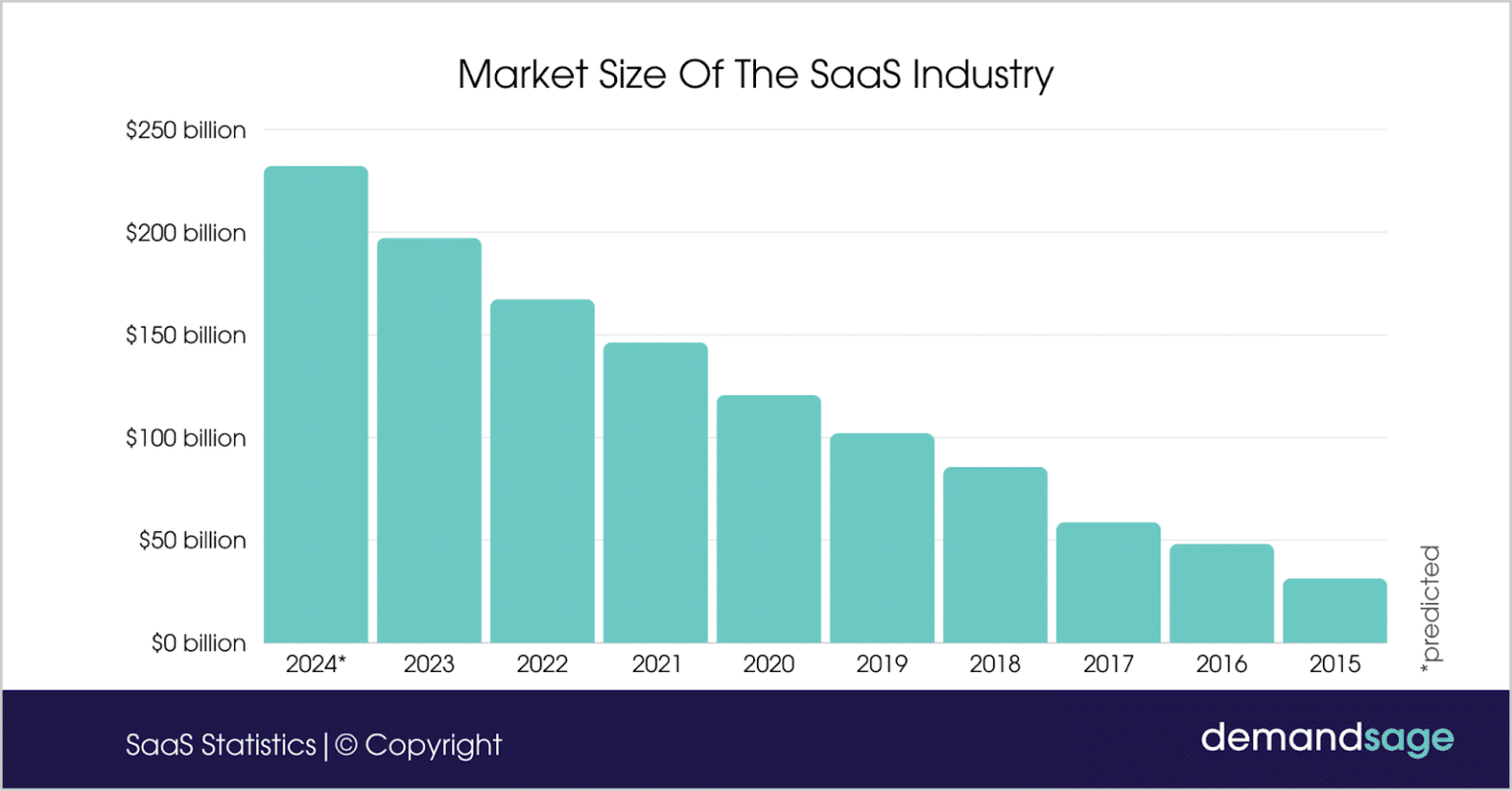
- It’s estimated that the SaaS market will reach $232 billion by 2024
- According to the recent study, the global SaaS market is about to reach $317.55 billion by the end of 2024, from the current $273.55 billion in 2023.
- According to recent estimates, the global SaaS market is anticipated to grow to $1.23 trillion by 2032.
- In 2023, market share of the SaaS application in North America was 48%, and it was worth $131.18 billion.
- The United States heads the market with more than 17,000 SaaS companies.
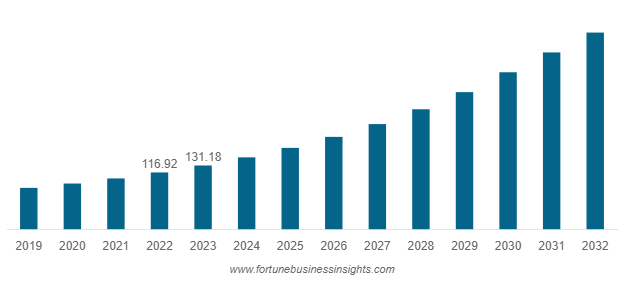
- The global SaaS market is about to grow at a CAGR of 18.4% from 2024 to 2032.
- The SaaS market is expected to grow with the highest CAGR of 22% in the Asia Pacific region over the next 10 years.
- In the period between 2021 and 2022, the value of the SaaS industry was expected to be $171.9 billion.
- It was predicted that the Compound Annual Growth Rate for the SaaS industry would be above 17% in 2022.
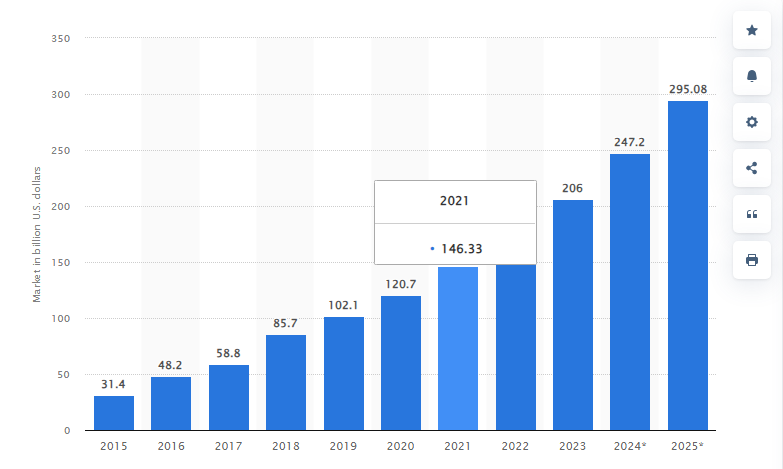
- The SaaS market was worth more than $145 billion in 2021 alone and is expected to increase to more than $295 billion by the year 2025.
- The size of the SaaS market is forecast to rise by 349% over the next 10 years.
- More than 70% of the software employed by organizations in 2023 are SaaS solutions.
- Today, 78% of organizations use SaaS applications to store business-critical data, and 54% of companies leverage SaaS tools to enhance productivity.
- According to recent surveys, 99% of companies use at least one SaaS product.
- By 2025, it is expected that 85% of business applications will be SaaS-based.
- According to the study conducted there will be more than 24,365 SaaS solutions by 2023. The largest share enters customer support (17,000+), marketing (14,800+), and e-commerce SaaS tools.
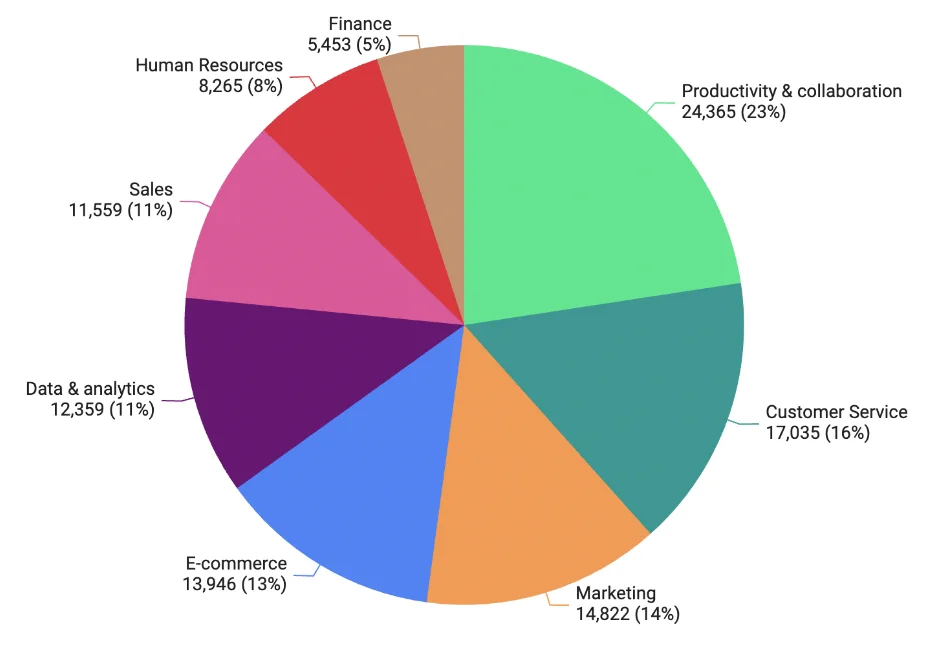
SaaS Adoption Statistics and Usage
According to the SaaS adoption statistics, the usage of cloud application services in business processes increases every year. This clearly shows why flexibility and modularity are becoming key factors in the current environment. SaaS solutions help companies to transform quickly and improve service delivery whilst at the same time decreasing overhead expenses.
As the adoption of SaaS continues to grow, having an investment in SaaS applications guarantees your organization’s success as well as efficiency. SaaS applications should be integrated in a way to fit the needs and organizational changes of your business to cut costs on processes.
- According to the survey conducted in 2021, 73% of companies revealed that their applications will be almost entirely SaaS by 2021.
- SaaS solutions have been adopted by 78% of small and medium-sized enterprises.
- The use of SaaS in healthcare is increasing at a rate of 20% per annum.
- In 2023, companies employed 371 SaaS apps on average, which is a 32% growth compared to 2021.
- In 2022 SaaS apps growth rate was 21%, and 40% of IT professionals eliminated duplicative applications.
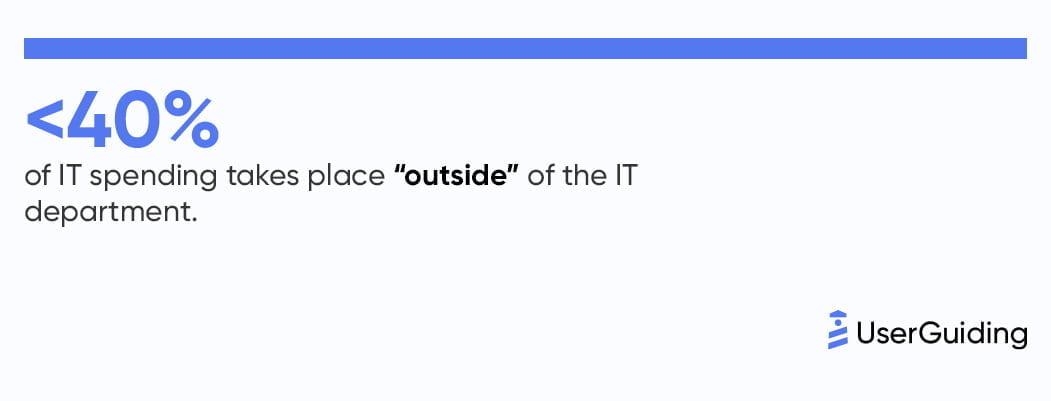
- In the survey, 75% of the IT professionals want SaaS solutions with insights-driven automation.
- Even today, 50% of SaaS companies still adopt the user-based pricing model.
- It is revealed that 33% of employees download personal applications unauthorized and 36% use work applications on personal devices.
- According to the survey, 48% of employees are using apps that are not provided by the company, for example, they use the notes and project managers as well as the most popular applications, such as WhatsApp and Dropbox.
- 89% of employees who had an extensive onboarding process said that they feel engaged in their work while only 29% who had proper orientation felt the same.
- Among the employees who received all-round onboarding, 89% stated that they were well assimilated to the company culture as compared to 59% for those who received effective onboarding.
- According to a survey, 86% of the businesses that employ SaaS have improved their employee engagement.
- SMBs spent $9,643 on average per employee on SaaS products, which is higher than large enterprises.
- Companies with 1000+ employees are using 150+ SaaS applications.
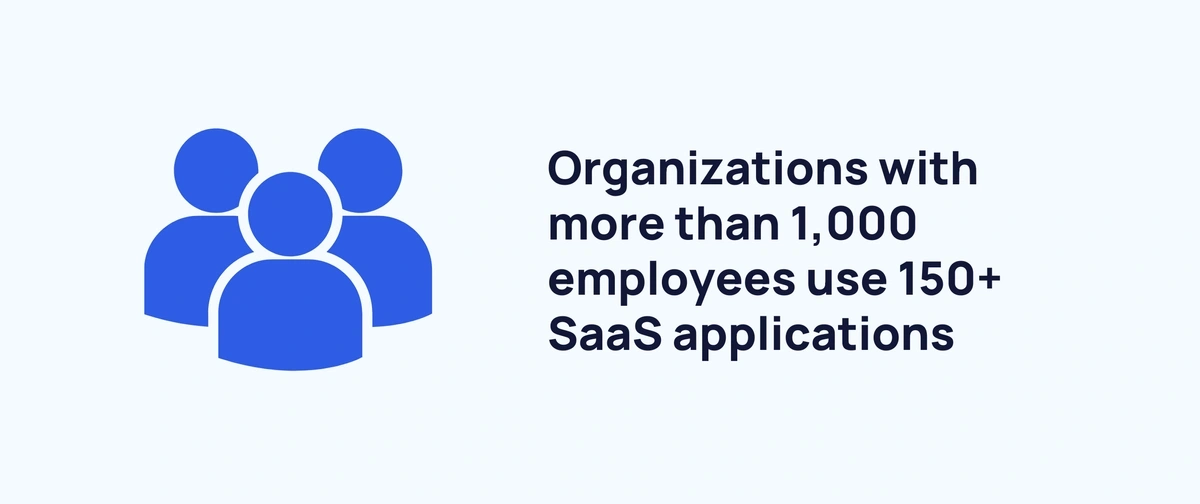
- Over half of U.S. government organizations are now using cloud services.
Also Read : Why Choose Multi Tenant Architecture For Your SaaS Applications?
SaaS Spending and Growth – Revenue based SaaS Statistics
The SaaS industry has grown at a fast pace because of its use in business transformation. Higher SaaS spending suggests a trend toward greater efficiency, flexibility and economy. When organizations invest in SaaS, it results in flexibility and lower operational risks within those organizations.
It is important to know such spending patterns as they help in making the right investment decisions. SaaS – use it to unlock growth, cut expenses, and gain a competitive advantage.
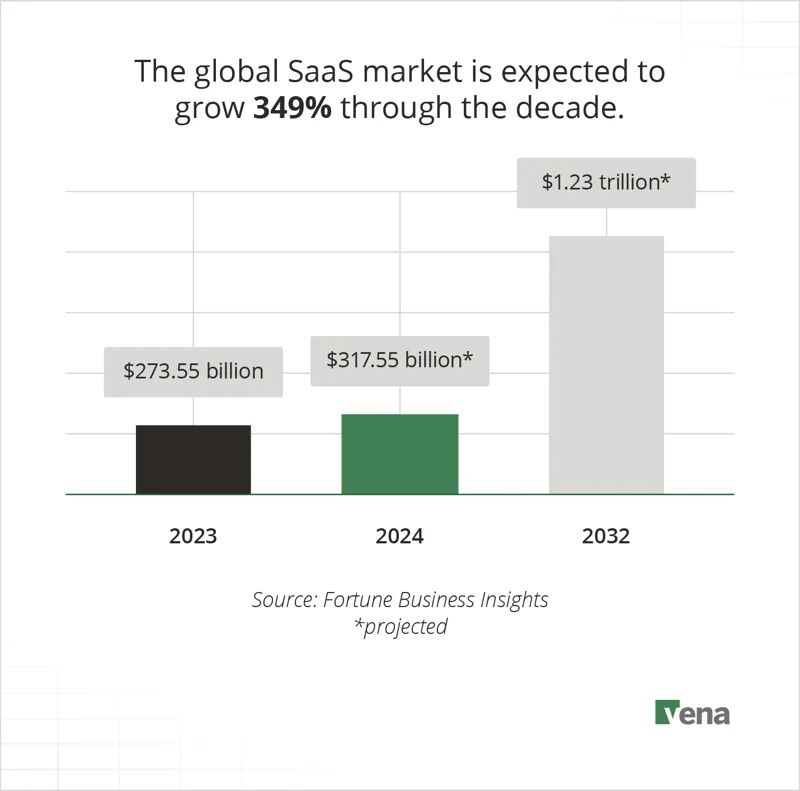
- The market for SaaS solutions is evolving at a rate of approximately 18% per year.
- More than 30% of SaaS applications are canceled by customers every year.
- The adoption of SaaS is increasing at a faster rate than the adoption of individual applications.
- The expenditure of the company on SaaS products has seen a rise of 50%.
- As of 2020, 88% of companies implemented cloud solutions, while 25% of them planned on their Cloud Migration strategy by the end of 2021.
- 56% of businesses intend to modernize their outdated IT systems; 45% will focus on IT initiatives, while 39% will address security issues.
- According to a 2024 poll, 60% of firms expect to allocate more money to software in 2024.
- The growth rate of Public SaaS companies was 35% as of March 2023.
- According to data, equity-backed SaaS companies grew at a median of 35% in October 2023, while bootstrapped firms grew at 32%.
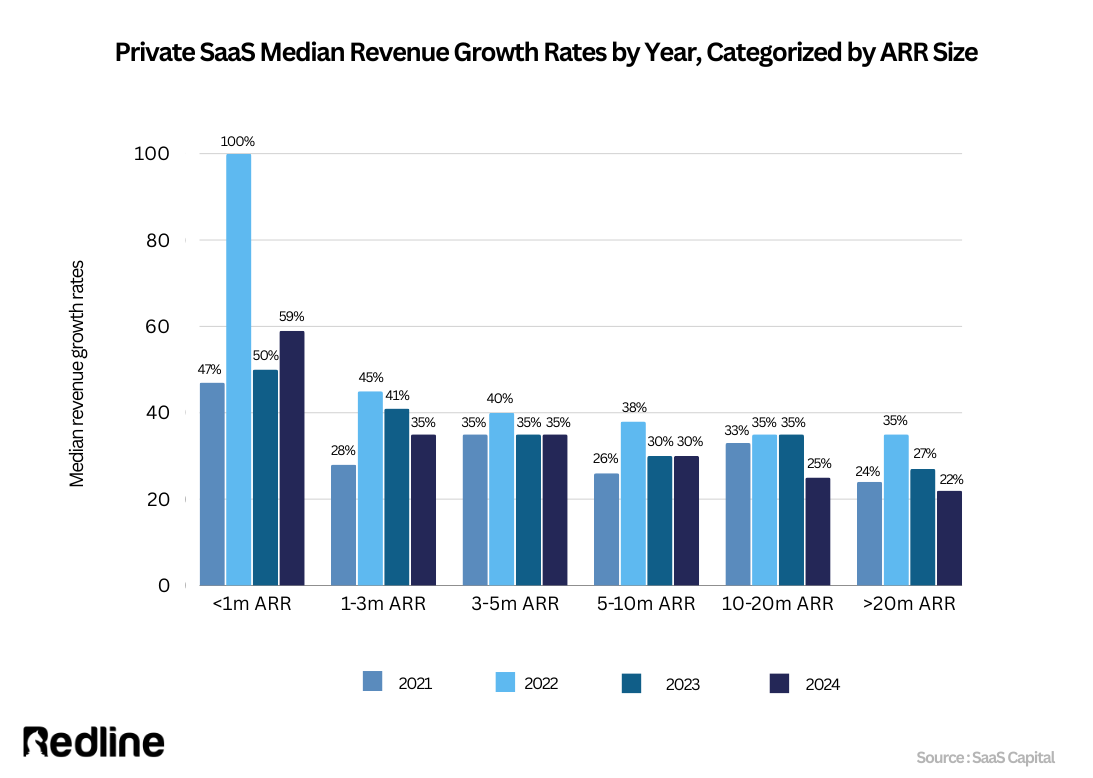
- B2B private SaaS companies with ARR less than $1 million claimed the highest median growth rate of 50% as of October 2023.
- B2B private SaaS companies with ARR of over $20 million recorded the lowest median growth rate of 27% as of October 2023.
- The average CAGR for SaaS companies declined to 8.4% in September 2023 from 60% in early 2022, which indicates a highly negative trend.
- The European SaaS market is expected to grow at a CAGR of 19% and reach $69.82 billion revenue in 2024.
- The enterprises with more than 1000 employees generated more than 60% of the global SaaS revenue in 2022.
- Private cloud companies generated the highest market share of global SaaS revenue in 2022 at 43%.
- The study also revealed that public SaaS companies have an average of 36,000 customers.
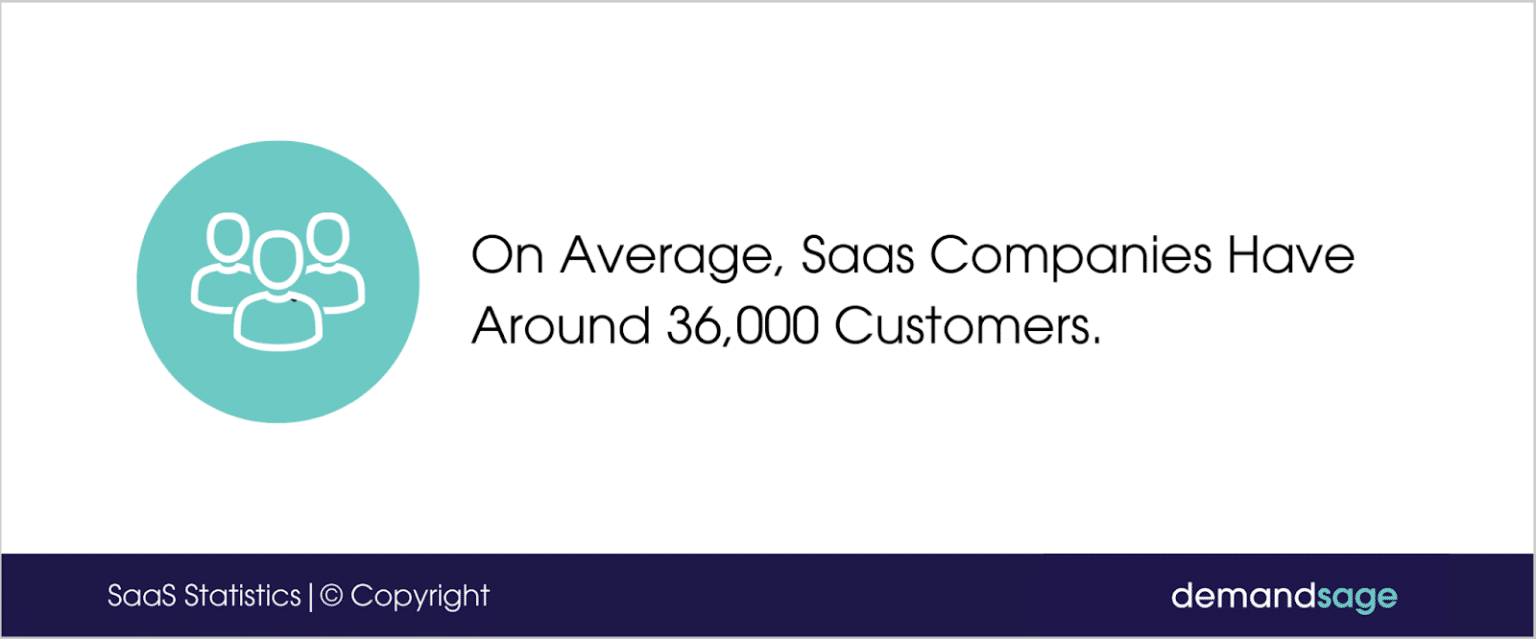
- Private SaaS companies have a median net revenue retention rate of 102%.
- Currently, there are 836 software companies that have a market capitalization of over $1 billion.
- The median ARR per employee for private SaaS firms in 2023 was $112,500.
- Enterprise SaaS companies with ARR greater than $20M have the highest median ARR per employee at $183,932.
- SaaS enterprises with less than $1 million ARR have the lowest median ARR per employee at $55,183.
SaaS Pricing Models : Dive into the Vital SaaS Adoption Statistics
SaaS revenue models provide high value and reliability as well to financial planning. They allow firms to adjust price mechanisms in line with market trends and customer needs. Proper and efficient structures in a pricing strategy can lead to improved customer acquisition and customer loyalty.
Adopt proper SaaS pricing models that can boost your revenues and improve your position in the market. Adapt your strategy according to the type of business and its objectives as well as the customer needs.
- The data shows that 41% of SaaS enterprises provide a 30-day trial period for their products.
- It was found that 18% of SaaS companies provide a 14-day free trial.
- Freemium pricing model is used by 17% of SaaS companies.
- The survey revealed that 41% of SaaS companies share the pricing information on their website.
- Currently, 46% of SaaS companies employ the ‘per user’ pricing model.
- OpenView Venture Capital reported that 39% of SaaS companies use value-based pricing while 24% use their competitors’ pricing strategy.
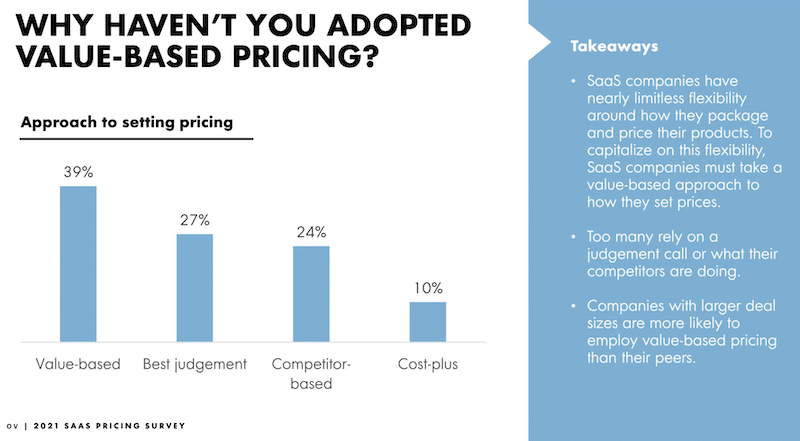
- The research reveals that 45 % of SaaS companies disclose their prices while the other 55% do not.
- According to SaaS companies’ survey, only 68% of them provide discounts in less than a quarter of all contracts, and 29% of SaaS companies only rarely use the discounts.
- From August 2022 to August 2023, 73% of SaaS providers increased their prices with an average of 12%.
Potential SaaS Statistics on the various SaaS Challenges
While dealing with the SaaS challenges, it is crucial to manage the risks and allocate resources properly. Knowing risks such as security hacks and compatibility problems is crucial to prevent damage.
Meeting these crucial Software development challenges can remove barriers to your business and foster its healthy development. Emphasize preventative approaches for managing challenges and leveraging the SaaS implementation advantages.
- The amount of venture capital funding that was given to tech startups decreased by 37% from 2022 to 2023.
- Research that incorporated SaaS companies revealed that financial data has nearly four times the impact of customer data in company decision-making.
- In the same survey, Vena found out that sales data have half the power of financial data in decision making, with 13% of the companies included in the survey being SaaS companies.
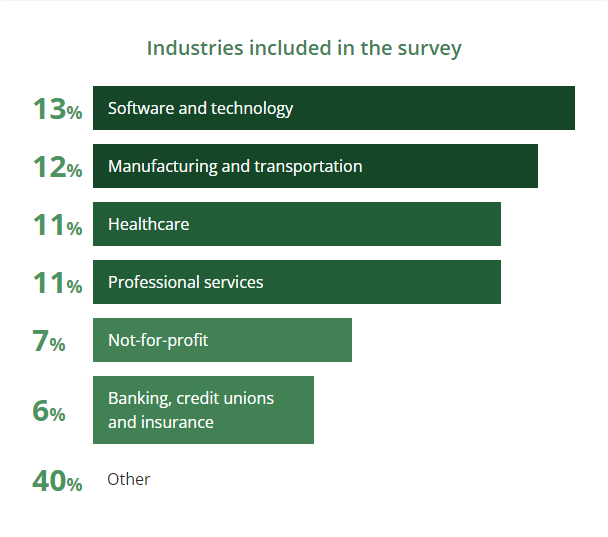
- A survey in 2022 revealed that 39% of business leaders and finance professionals, including those in SaaS, did not adopt agile planning. On the other hand 72% of senior leadership team in the organization adopted agile ways of working successfully.
- The survey showed that 41% of the respondents, including those from SaaS companies, did not use organizational data for decision-making and ignored sales, employee, and customer data.
- Out of the survey respondents, 55% stated that their organizations rarely alter their forecasts with new information.
- Among the findings, 60% of the respondents indicated that finance decision-makers are not involved in the strategic planning process, with only 28% having the last word.
- The average spend on R&D costs as a percentage of ARR is 24%, with R&D being the highest revenue expenditure.
- Other median costs as a percentage of ARR include sales (16%), G&A (15%), customer success and support (11%) and marketing (10%).
- According to the study, equity-backed SaaS companies incur 70% more on administrative expenses, 61% more on R&D and 44% more on marketing compared to bootstrapped firms.
Understanding the Core Security SaaS Statistics
Security is still a main issue in the SaaS architecture. Hence, it is paramount to protect these cloud applications to ensure that data is not exposed to risks. To avoid the loss of breach and to secure organizational data; it is recommended to establish strong security measures. It is necessary to remain vigilant and proactive as a safeguard against risks in the SaaS environment to preserve trust and compliance.
- SaaS misconfigurations lead to up to 63% of businesses security incidents.
- 43% of organizations claim that they can associate at least one security issue with a SaaS misconfiguration.
- 35% of the respondents stated that the problem with SaaS misconfigurations is there are too many people who can have permissions to modify security settings.
- While 46% of organizations conduct SaaS misconfiguration checks monthly or less frequently, and 5% of companies do not check at all.
- Geopolitical risks will lead to the SaaS contract default rates of more than 50% of subscribers.
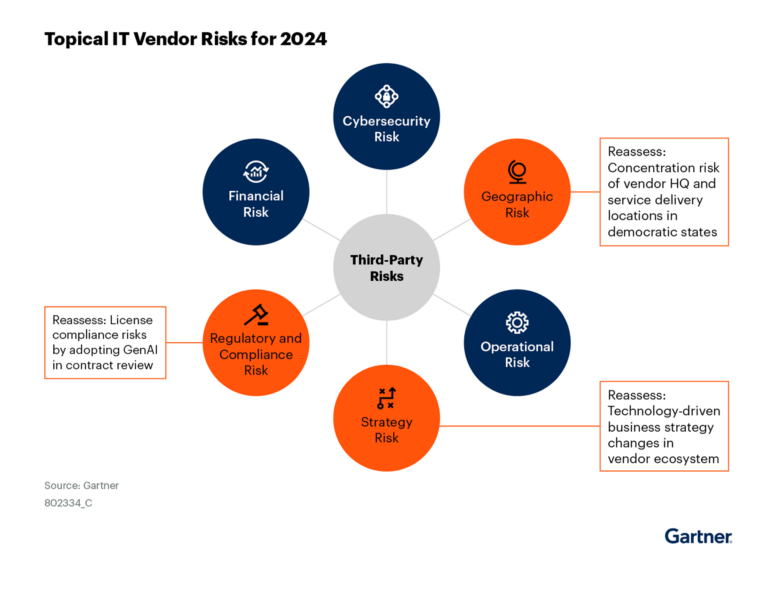
- Last year, 43% of IT specialists introduced a SaaS application containing sensitive data.
- It was found that 42% of IT professionals are challenged by SaaS user activity security.
- In a survey conducted in 2022, 59% of the participants claimed that offboarding of employees is a key SaaS pain point.
- 22% of organisations have had at least one former employee use company data stored in SaaS applications after they left the company.
- 22% of the security issues are caused by insiders who are former employees and still have access to the SaaS applications.
SaaS Statistics with AI Adoption
AI presents a new level of efficiency and innovation when implemented into SaaS product development. AI solutions help organizations in better decision-making, efficient process management, and exceptional customer experience. AI-driven SaaS investment can be valuable in a fast-paced market environment. Use AI to enhance your SaaS products and achieve greater business results.
- The market size of the global AI software market is projected to be $80.6 billion by 2031 from $16.98 billion in 2024, with a CAGR of 2964%.
- The global investment in AI Startups is expected to rise to $200 billion and in the United States to $100 billion by 2025.

- The market size of AI data services for MLOps tools is estimated to grow at a CAGR of 39.3% between 2023 and 2032.
- Generative AI is estimated to cut down the risk of non-compliance in software and cloud contracts by 30% by 2028.
- According to a study, 92% of business leaders are planning to invest or are likely to invest in AI software by 2024.
Importance of SaaS Integrations
Cloud-based applications have been integrated into business processes and have made operations more efficient for users. They facilitate the integration and interconnectivity of different applications to enhance productivity.
Speed up the process of integration to improve the ROI of your SaaS solutions and address customer requirements. This way, you can get the most out of the result-oriented software integration services and achieve a smooth workflow in your company.
- According to a survey, more than 80% of tech companies saw integration as a very important feature or a key requirement for their customers.
- Global buyers have listed integration to be the third most important factor they look for in new software after security and usability.
- For 39% of buyers, the compatibility of the new software with the existing one is a key factor when choosing a provider.
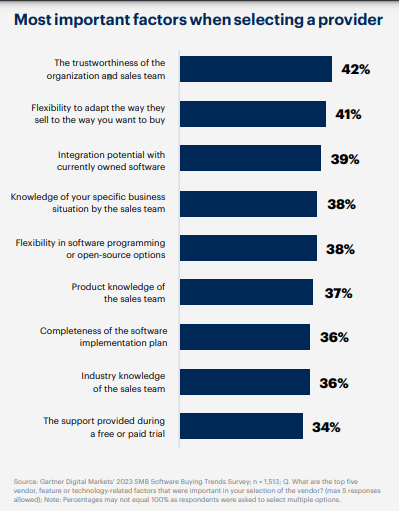
- The survey shows that 40% of the B2B executives struggle with a significant challenge of adopting a new CRM system into their current ones whereas around 15.40% of firms effectively use CRM softwarе for improving their businеssеs interaction with customers and manage them seamlessly.
Crucial SaaS Adoption Statistics on Mobile Optimization
The current digital environment requires companies to focus on mobile optimization since many customers are likely to use mobile devices. Making your SaaS applications mobile-compliant improves user experience and productivity.
Opt for a Reputed SaaS Development company to achieve mobile-friendly design to attract more customers and boost the chances of making a sale. Mobile-first strategies can affect the growth of your business in a big way.
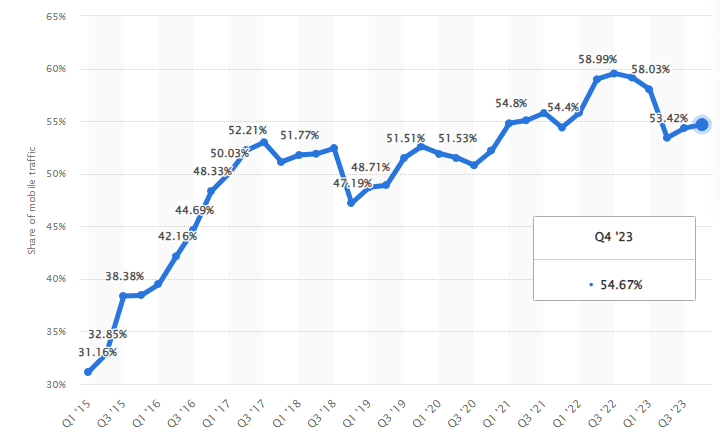
- According to a recent report, by 2023, 56.67% of the global website traffic was from mobile devices.
- Nigeria and Vietnam are among the countries that experience high mobile web traffic with 86. 67% and 86. 51%, respectively. The U.K. has 48.71%, and the U.S. 44.25%.
- A single second of delay in a mobile page loading can lead to a 26% decline in conversions.
- Mobile devices contribute to 50. 48 percent of conversions, and desktop at 49 percent. 52%.
Churn and Customer Retention
To keep the customer base healthy, understanding the churn rates is crucial. Tactics like offering longer contracts and increasing customer service can help to minimize churn and increase client loyalty. Concentrate on customer engagement to ensure that they stay loyal to the company in the future. This way, you can avoid fluctuations in customer acquisition cost and support business development.

- SMB-focused SaaS companies have a 58% annual churn rate while large business-focused SaaS Enterprise-level companies have a churn rate of 6-10%.
- The enterprises that have monthly contracts have a churn rate of 14% while those with 1 to 1.5 years’ contract have a churn rate of 15%.
- SaaS businesses with longer contracts of two years or more have lower churn rates of 8 to 12. 2%.
We at eSparkBiz are here to assist you in understanding these shifts. With these SaaS adoption statistics and focusing on the right aspects, it is possible to create and implement effective strategies for your business.
Conclusion
As of 2024, statistics show that SaaS is a booming industry with a tremendous future. According to the SaaS adoption statistics, more and more organizations are leveraging the benefits of SaaS Business Model due to the efficiency and flexibility it offers.
This is the right time to use these findings, reinvent yourself, and out-compete your competitors in your industry. Understand the capabilities SaaS offers and how it can revolutionize your business environment to achieve future goals.
Want to build the next big thing? eSparkBiz is here to help. Find out more about our services and learn how we could help you make your SaaS company a reality.







